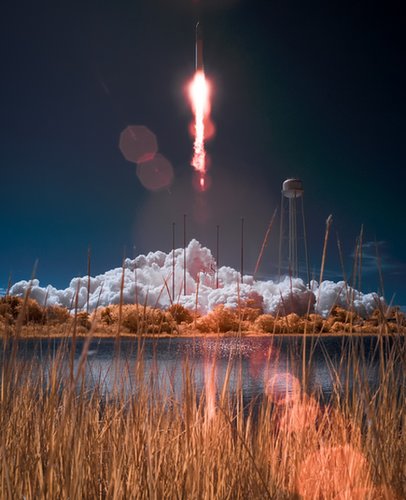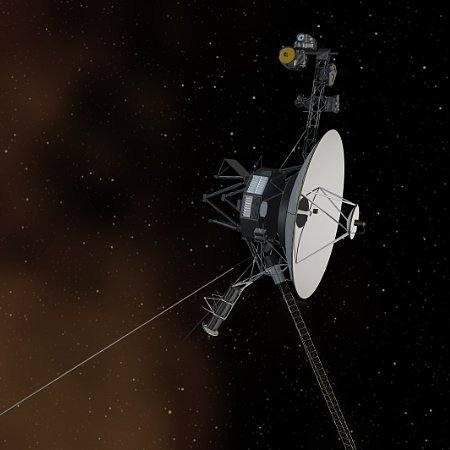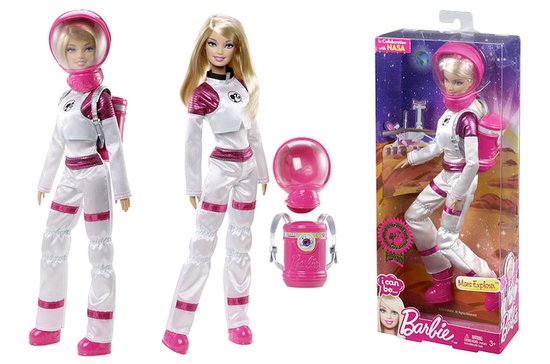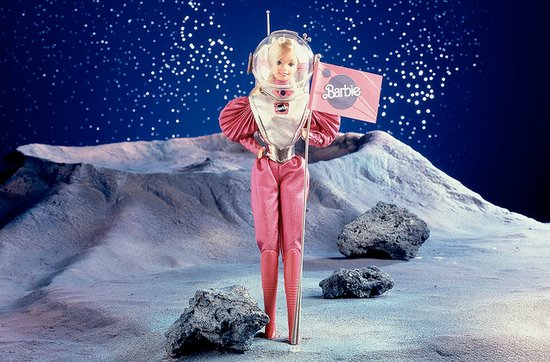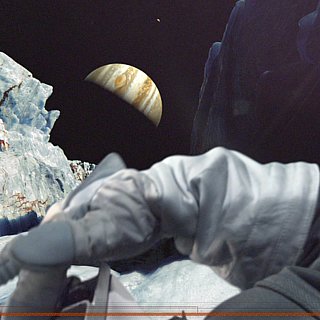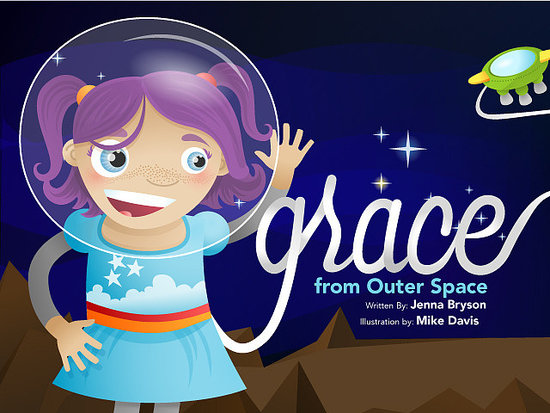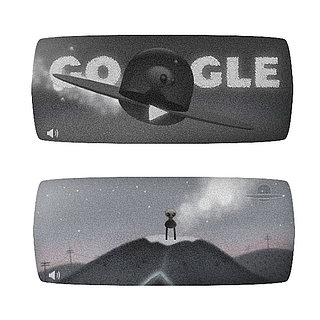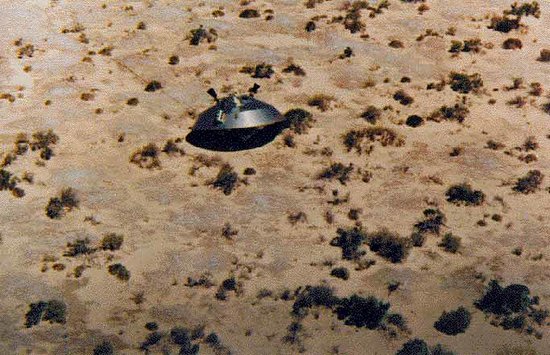Happy land-iversary, Curiosity! After a tense seven minutes of terror on Aug. 6, 2012, the Mars Curiosity rover landed on the Red Planet via space crane (operated from Earth) to the joy of a very excited group of scientists at NASA's JPL in California.
A group of women from that team (cheers to the ladies of science!) took to Reddit recently to answer just about every question the Internet has about the mission to Mars and what the rover has discovered. They covered everything from humans on Mars to a typical day for the rover to the biggest discoveries yet. Here, the most striking facts about the rover and her (yes, apparently Curiosity identifies as female) 12 months spent on the Red Planet.
What has been the most significant discovery so far?
"The results from our first rock drilling told us that the past environment, when that mudstone rock formed, was suitable for life. The mudstone formed in an ancient river system or an intermittently wet lake bed that could have provided the chemical energy and other favorable conditions for microbial life, if life existed then. This ancient wet environment was not harshly oxidizing, acidic or extremely salty. All the necessary chemical building blocks were available." — Joy Crisp, Mars Science Laboratory (MSL) Deputy Project Scientist
Will Curiosity ever be in the presence of a human again?
"NASA does plan to send humans to Mars in the future, but it is unlikely we would send them to check out the existing rovers on the surface. Too many other interesting places to explore. Mars has the surface area of Earth, minus the oceans." — Sarah Marcotte, Mars Public Engagement
If conditions were good for life, why has no hard evidence been found to show that life did exist there in the past? What happened to all of the water that used to be there?
"Over millions of years the water evaporated because the atmosphere got too thin to support it in liquid form. Mars does not have a global magnetic field the way Earth does, which helps shield the atmosphere from [being] stripped away by the sun's damaging radiation. So while there is plenty of CO2 and H2O ice, no liquid is possible. If life arose on Mars, it would have been millions or even billions of years ago, and preserving evidence of life for billions of years is very hard. So the evidence could be there and we haven't found it, or life didn't arise. We have to find out!" — Sarah Marcotte
Could Curiosity be drilling through Martian bacteria without anyone knowing it due to its strange shape or composition?
"We believe that all forms of life will share basic chemical components which the rover can detect, even if they have been sitting around Mars for billions of years. Curiosity [is] not designed to find extant life, but is designed to find those building blocks of life, carbon, nitrogen, O2, sulfur, etc." — Sarah Marcotte
How advanced would you say Curiosity is in terms of its current A.I. capabilities (Perhaps compared to Google's self-driving car)? Do you envision a near future possibility that we could deploy a sentient rover on Mars?
"Curiosity has autonomous driving capabilities which are constantly being improved. However, for the first year we drive very carefully by using humans to review the pictures and choose the path across Mars. Curiosity has systems to keep herself safe if she thinks it will run over a cliff. However, when we have a far distance to travel and don't plan on checking out every interesting rock, Curiosity will be able to pick a way point and get herself there." — Sarah Marcotte
What type of fuel does Curiousity use?
"Curiosity has an MMRTG (Multi-Mission Radioisotope Thermoelectric Generator) that provides about 100W of power continuously along with a Lithium Ion battery that has ~80 AHr capacity. That's enough energy to keep us awake and heating/operating for about six to eight hours per day depending on what we're doing." — Jennifer Trosper, MSL Deputy Project Manager
More on the people behind Curiosity after the break.

